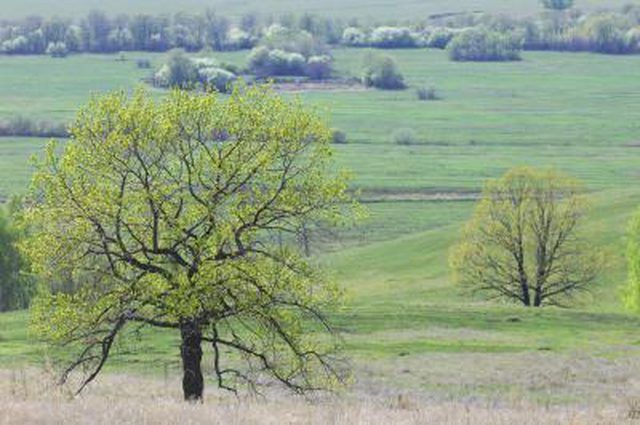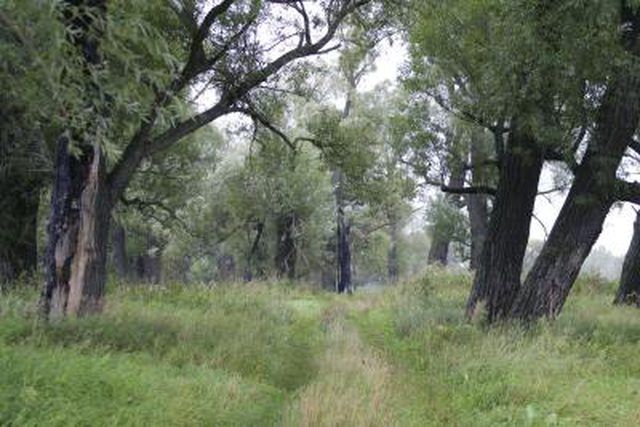Bulbs
Flower Basics
Flower Beds & Specialty Gardens
Flower Garden
Garden Furniture
Garden Gnomes
Garden Seeds
Garden Sheds
Garden Statues
Garden Tools & Supplies
Gardening Basics
Green & Organic
Groundcovers & Vines
Growing Annuals
Growing Basil
Growing Beans
Growing Berries
Growing Blueberries
Growing Cactus
Growing Corn
Growing Cotton
Growing Edibles
Growing Flowers
Growing Garlic
Growing Grapes
Growing Grass
Growing Herbs
Growing Jasmine
Growing Mint
Growing Mushrooms
Orchids
Growing Peanuts
Growing Perennials
Growing Plants
Growing Rosemary
Growing Roses
Growing Strawberries
Growing Sunflowers
Growing Thyme
Growing Tomatoes
Growing Tulips
Growing Vegetables
Herb Basics
Herb Garden
Indoor Growing
Landscaping Basics
Landscaping Patios
Landscaping Plants
Landscaping Shrubs
Landscaping Trees
Landscaping Walks & Pathways
Lawn Basics
Lawn Maintenance
Lawn Mowers
Lawn Ornaments
Lawn Planting
Lawn Tools
Outdoor Growing
Overall Landscape Planning
Pests, Weeds & Problems
Plant Basics
Rock Garden
Rose Garden
Shrubs
Soil
Specialty Gardens
Trees
Vegetable Garden
Yard Maintenance
About Globe Willow Trees
About Globe Willow Trees. Globe Willow trees (Salix matsudana ‘Navajo’) are large deciduous trees with a globe-shaped canopy. They are native to Eastern Asia.
Globe Willow trees (Salix matsudana ‘Navajo’) are large deciduous trees with a globe-shaped canopy. They are native to Eastern Asia.

The upright branches with smaller drooping limbs give Globe Willows their rounded shape. Bright green leaves appear in early spring and turn darker green in summer. Fall foliage is yellow. Globe Willows grow 30 to 65 feet tall, and 40 to 60 feet wide.

Globe Willows grow in USDA Zones 5 to 9 in partial shade to full sun. They should be pruned in late summer or fall.

Globe Willows are fast-growing and long-lived trees. They grow in a wide range of soils, from dry to wet. New trees can be grown from seeds or cuttings.

The limbs and branches of Globe Willows are brittle and break easy. The trees have invasive root systems, which makes it difficult for other plants to grow under them. They should not be planted near underground sewer lines, water pipes, cables or wires.

Slime flux, a common disease of Globe Willows, is unsightly and has a bad odor, but is not fatal to the tree. Frothy flux, another common disease, only attacks Globe Willows and is fatal. Infected trees should be removed and destroyed.
Globe Willows are susceptible to numerous pests, such as aphids, beetles, caterpillars, mites and scale insects.
